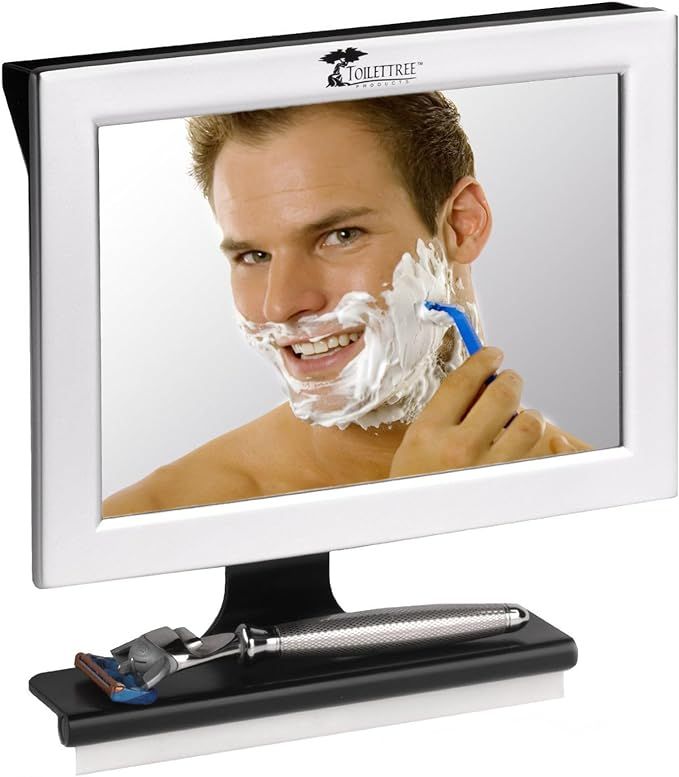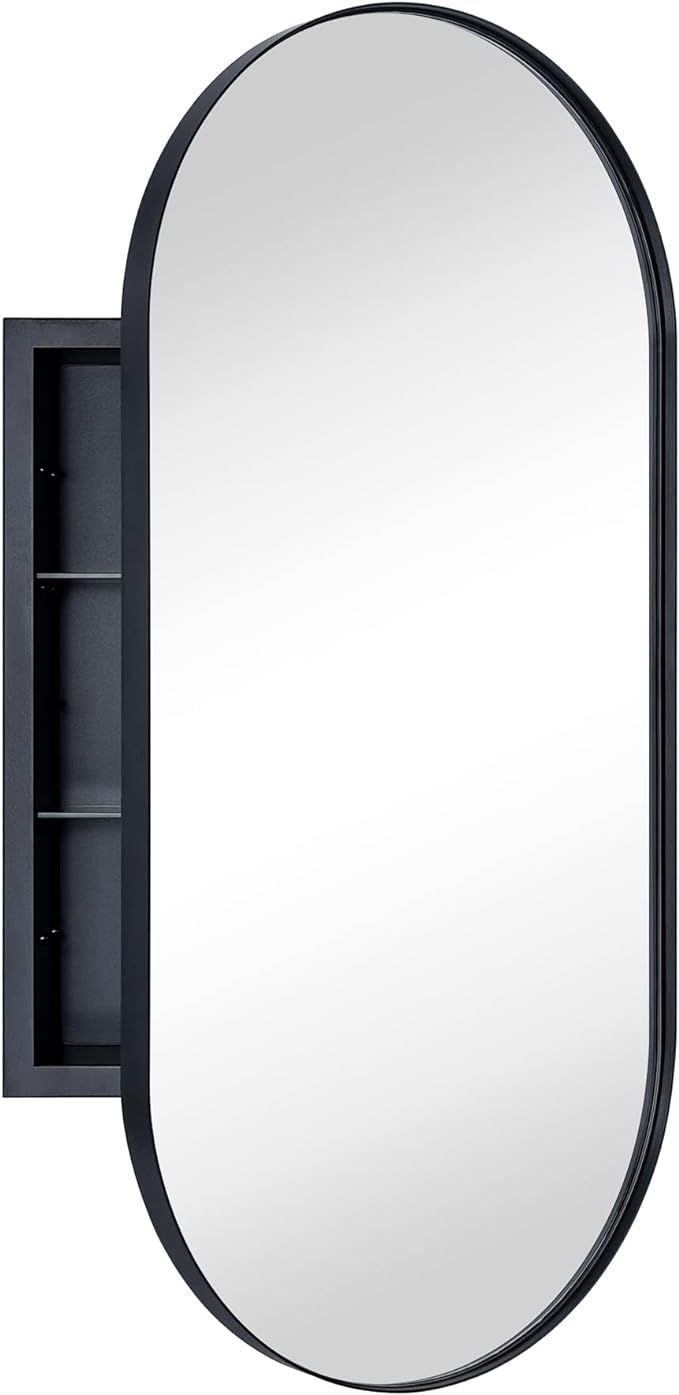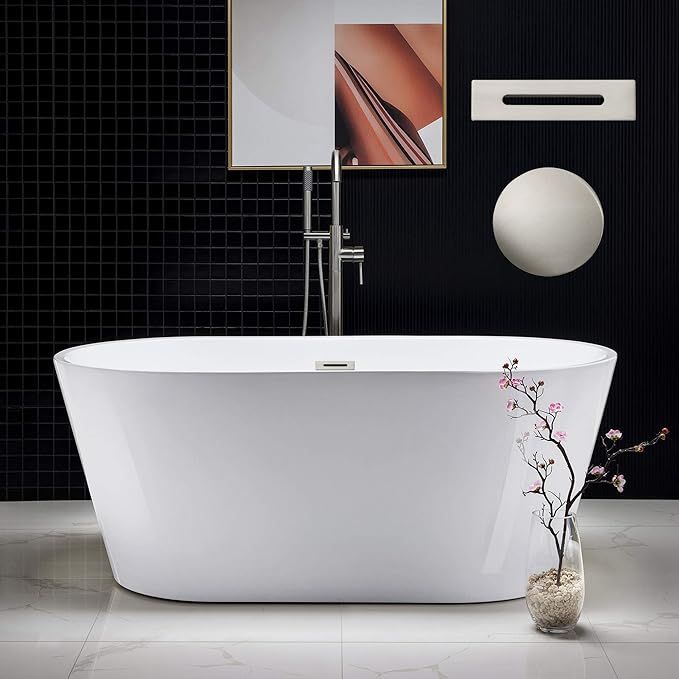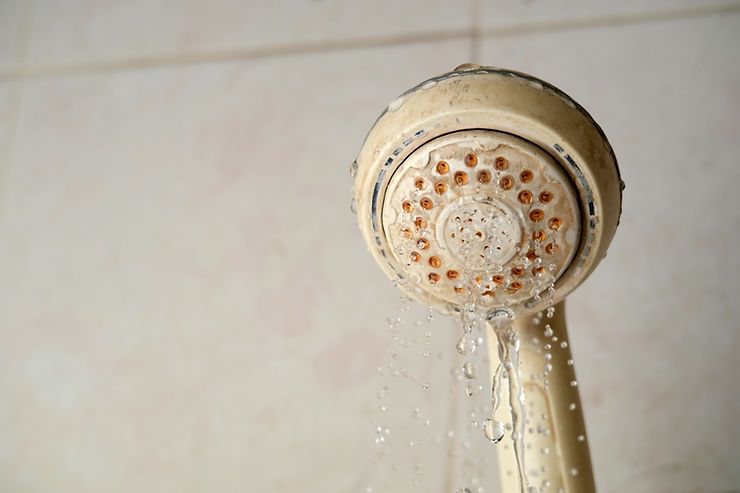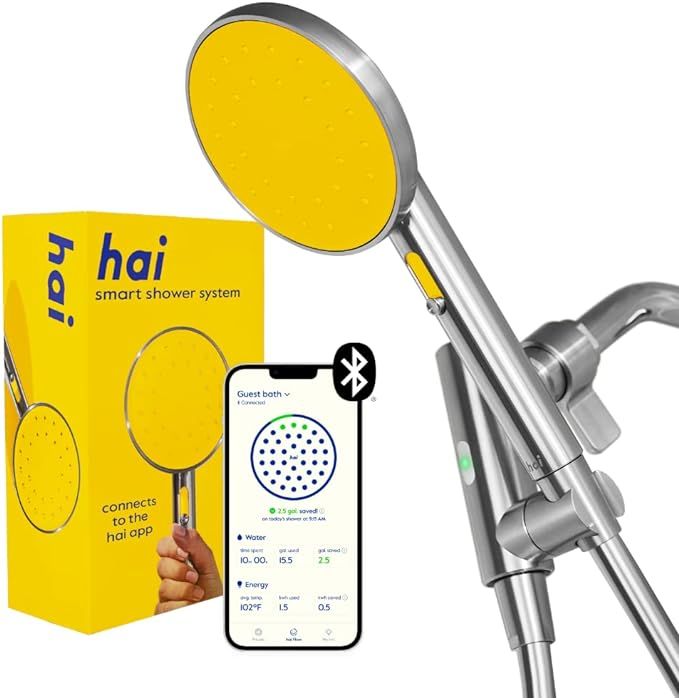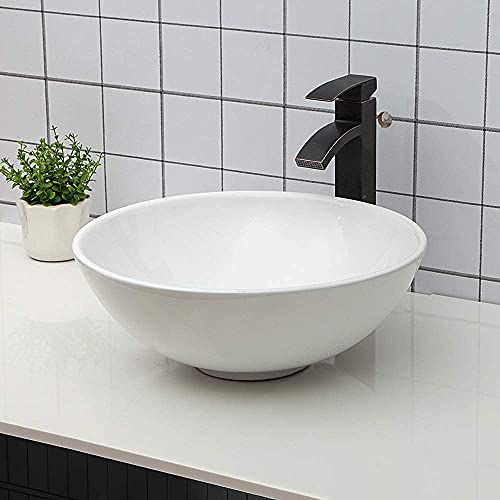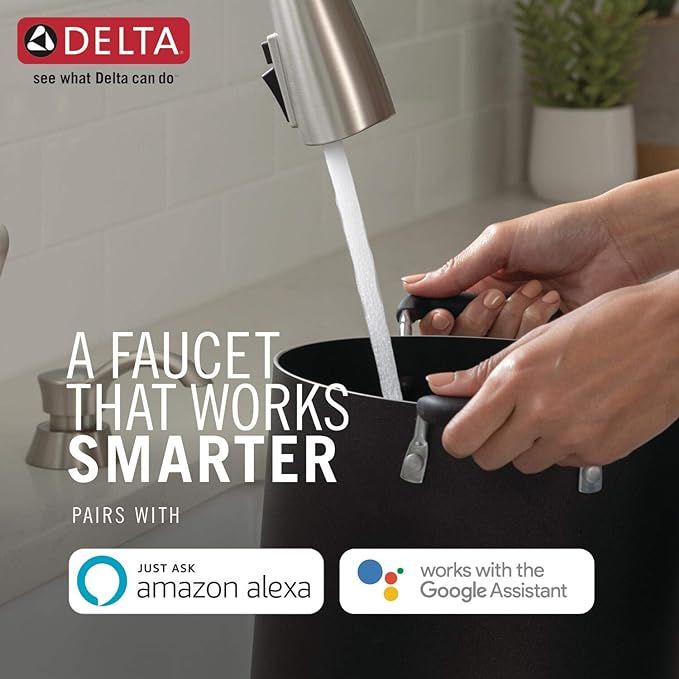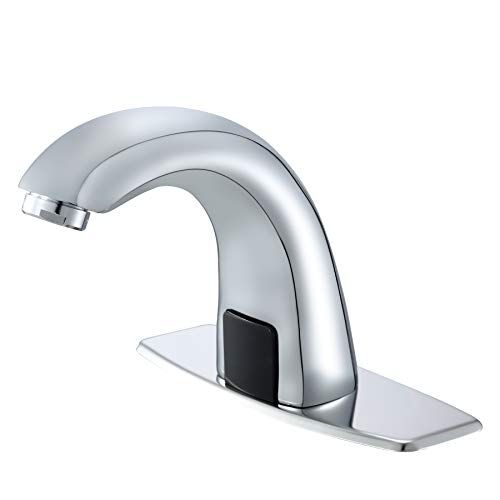How Smart Faucets Work: A Dive into Modern Water Innovation
In the modern age of home automation, understanding how smart faucets work has become pivotal in creating an efficient and sophisticated bathroom experience. Best Bathroom Vintage is your guide to unraveling the mysteries behind these cutting-edge devices. Join us as we delve into the technology that's revolutionizing water management, and explore the innovations from leading brands in the realm of smart faucets. Elevate your bathroom's functionality and style with the latest in faucet technology.
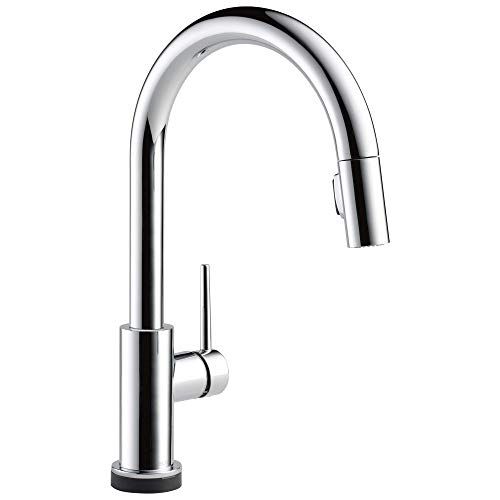
Introduction
In today's rapidly advancing technological landscape, even the most mundane household items are becoming smarter and more efficient. One such example is the humble faucet, which has evolved into the "smart faucet." These innovative fixtures offer a blend of convenience, water conservation, and modern aesthetics. In this article, we'll delve into the fascinating world of smart faucets and explore how they work to revolutionize our daily routines.
Smart faucets primarily operate using sensors. These sensors detect hand movements or the presence of objects like a cup or a pot. Upon detection, the faucet automatically starts the flow of water. There are typically two types of sensors used:
- Infrared Sensors: These detect heat and motion. When a hand or object is placed near the faucet, the change in infrared light triggers the water flow.
- Ultrasonic Sensors: These emit ultrasonic sound waves. The reflection of these waves off a hand or object triggers the faucet to release water.

Many smart faucets offer customizable settings, which can be controlled through a smartphone app or directly on the faucet. These settings include:
- Temperature Control: Users can set the desired water temperature.
- Flow Rate: Adjusting the flow rate can help in water conservation.
- Timed Shut-Off: This feature automatically turns off the faucet after a certain period, preventing water waste.
Some smart faucets are designed to integrate with home automation systems. This allows for voice control through devices like Amazon Alexa or Google Assistant. Users can command the faucet to turn on or off, dispense a specific amount of water, or set a particular temperature.
Smart faucets require a power source to operate their electronic components. This is typically provided by:
- Batteries: Many models are battery-operated for easier installation.
- AC Power: Some faucets can be connected to household AC power, often with a battery backup.
The touchless operation of smart faucets greatly enhances hygiene. Since there's no need to touch the faucet with dirty hands, it reduces the spread of germs. Additionally, some models come equipped with water filtration systems, ensuring cleaner, healthier water.
Beyond their functional benefits, smart faucets are often designed with a focus on aesthetics. They come in various styles and finishes, fitting seamlessly into different kitchen and bathroom decors.
Smart faucets are generally built to be durable and low-maintenance. However, like any technology, they may require occasional recalibration or battery replacement.
Smart faucets are a blend of technology, convenience, and style. They offer a futuristic approach to water usage and hygiene, while also contributing to water conservation efforts. As smart home technology continues to evolve, smart faucets will likely become a standard feature in many homes.


